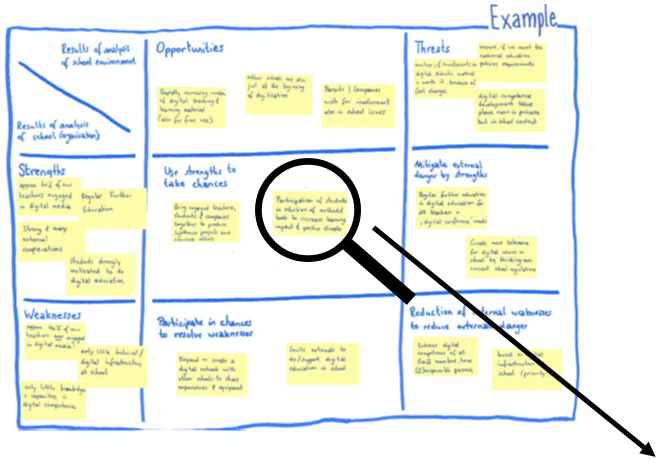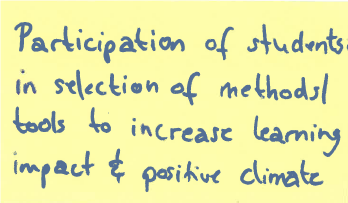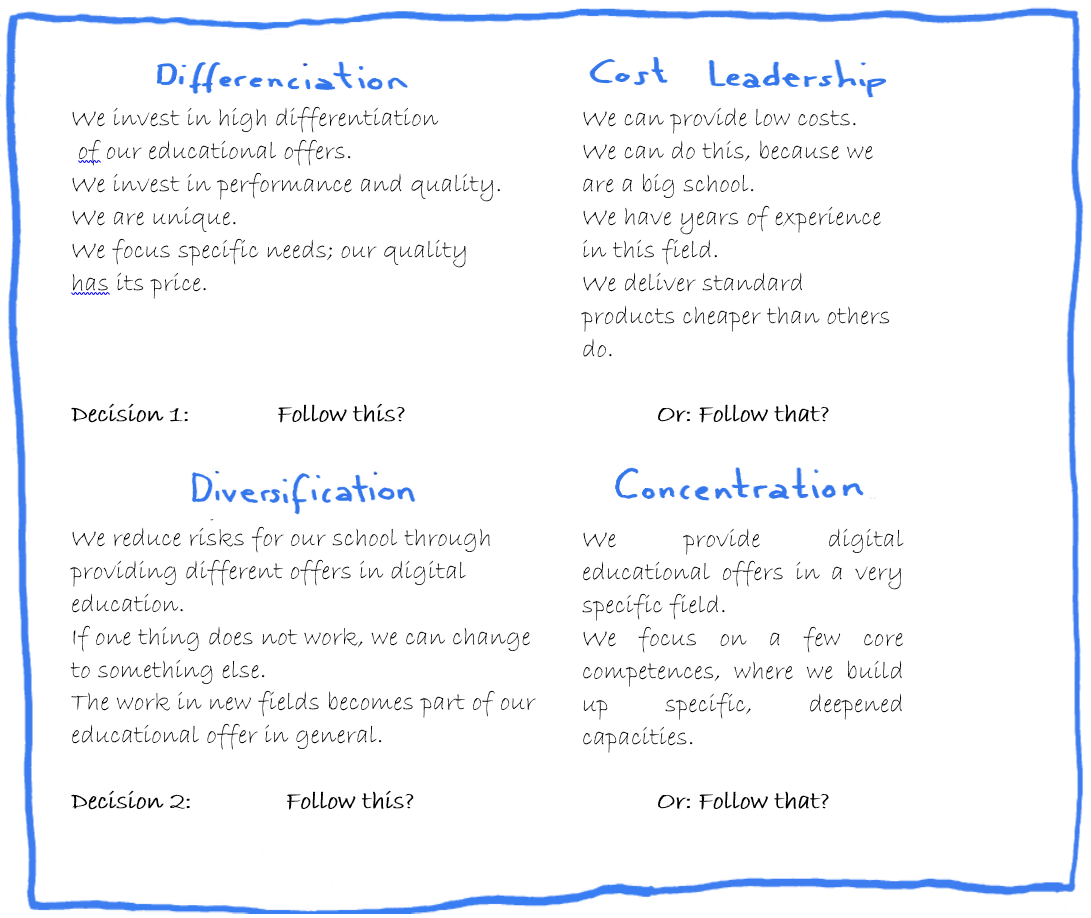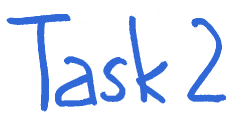The most important question within this step is to decide for a manageable number of strategies, led by good reasons. The selection of strategies finally focuses on the future state of the organisation (vision). Two polarities mainly drive decision making in this context, because you can do only one of both in each case:
![]() Do we want to invest or save costs? (Differentiation or Cost Leadership)
Do we want to invest or save costs? (Differentiation or Cost Leadership)
![]() Do we want to have a wide range of offers or should we develop excellence in a small number of offers? (Diversification or Concentration)
Do we want to have a wide range of offers or should we develop excellence in a small number of offers? (Diversification or Concentration)
Moreover, we provide a formula to check each single strategic option from SDD2 regarding its suitability for your strategy plan.
Use the presentation SDD3_Analysis II to explain the difference between both perspectives. Let the learners work with the documents they produced until now. It may enrich the process to have a look at the options of digital education, which we provided in the ICT modules. Gather further ideas of how your school could be. It is likely, that your participants want to do everything at the same time. This is not useful in terms of the chances to implement a strategy. Support them with the decision on an adequate and content related number of strategic options. Use the national digitisation plan, if necessary.
| Decision on concrete strategies | 90 minutes |
| Elaboration of strategy plan | 90 minutes |
Decide, together with your team and headmaster, which of the two statements you want to follow. Again, you cannot to everything at the same time. It will make further decisions easier to make, if you set a clear orientation. You do not have to be afraid, if you land somewhere in the middle of the statements. You can find an example on the following page.

You have only poor digital infrastructure in school, like many schools on your region. The labour market requires more digital skills from young people (your future graduates). Your teachers are only partial motivated, but know about the necessity to change something. Your school lies very central in the downside.
![]() You choose the Differenciation Approach to start getting digital – you have neither the experience, nor the knowledge to develop an expert offer in digital education. You know, that you have to invest first.
You choose the Differenciation Approach to start getting digital – you have neither the experience, nor the knowledge to develop an expert offer in digital education. You know, that you have to invest first.
![]() You choose the concentration approach to invest firstly in a specific field. You can build up competence and self-esteem with your teachers. If you settled here, you may change the strategic perspective into diversification. You could later use your developed knowledge to build up and develop more offers, for example to support student enterprises, to offer courses for adults or to implement new digital issues in more classes.
You choose the concentration approach to invest firstly in a specific field. You can build up competence and self-esteem with your teachers. If you settled here, you may change the strategic perspective into diversification. You could later use your developed knowledge to build up and develop more offers, for example to support student enterprises, to offer courses for adults or to implement new digital issues in more classes.
Check all strategic options, if they are appropriate, lead to the goal, are feasible and consistent. Select those, which refer best to your ideas and seem to have the best possibilities to bring your school to the digital age with respect to your ideas and capacities. Pick out a maximum of six options!
 |
To make decisions, use all documents, which you developed until now: Guiding Principles, S.W.O.T. analysis and Stakeholder Portfolio. Together with the team (and headmaster, if possible), discuss each single strategic option of SDD2 according to the questions, presented within the following example. Let us pick one random example from the S.W. O.T. Analysis. |
| Let us check, how to evaluate this option! Our indicators are:
appropriateness, goal achievement, feasibility and consistency. |
 |
![]() Appropriateness: does the strategy refer to the expectations of different stakeholders?
Appropriateness: does the strategy refer to the expectations of different stakeholders?
 Yes: Students want to be actively involved and to be responsible for what they become. They also want to show and share their knowledge with us. Parents want their children to have fun with learning. They expect teachers to be at actual state and want to work with future technologies. They expect school to support their children to become creative, social responsible, competitive and well-educated human beings. To let them participate gives the chance to better professional, methodological, social and self-competence development. The Headmaster loves everything, that brings our school into the digital age. What other stakeholders do you have?
Yes: Students want to be actively involved and to be responsible for what they become. They also want to show and share their knowledge with us. Parents want their children to have fun with learning. They expect teachers to be at actual state and want to work with future technologies. They expect school to support their children to become creative, social responsible, competitive and well-educated human beings. To let them participate gives the chance to better professional, methodological, social and self-competence development. The Headmaster loves everything, that brings our school into the digital age. What other stakeholders do you have?
No: elderly colleagues might have problems with that, because they find it difficult to learn something new (content, technology and learning culture). We have to see, if we focus changes on younger generations of teachers or if we find something to pull or motivate elderly colleagues.
![]() Goal Achievement: Is the risk of failing high and which consequences would a failure cause?
Goal Achievement: Is the risk of failing high and which consequences would a failure cause?

What would a failure be? Students have no ideas, do not like to participate, dominate class, and reduce the quality of teaching. The teachers’ motivation might sink, especially in the cases of elderly colleagues. We might not reach the goals of our education plan.
![]() Feasibility: What do we need and what do we have?
Feasibility: What do we need and what do we have?
 We have experience in self-organised work with students. We have knowledge about how we can involve students. We a school-based orientation for teachers to implement structures to involve students more actively in our lectures. We need a defined red line, where teachers can decide, if students’ participation is still reliable or not useful anymore. Overall, we could do this without bigger (monetary) efforts.
We have experience in self-organised work with students. We have knowledge about how we can involve students. We a school-based orientation for teachers to implement structures to involve students more actively in our lectures. We need a defined red line, where teachers can decide, if students’ participation is still reliable or not useful anymore. Overall, we could do this without bigger (monetary) efforts.
![]() Consistency: Does the strategic option fit with other selected options? Are there conflicts between strategic options and can you overcome them? If not, you have to decide for one of the conflicted options.
Consistency: Does the strategic option fit with other selected options? Are there conflicts between strategic options and can you overcome them? If not, you have to decide for one of the conflicted options.
 The strategic option does not stand in conflicts with other. In fact, we expect synergetic effects with other strategic options, like this one:
The strategic option does not stand in conflicts with other. In fact, we expect synergetic effects with other strategic options, like this one:
Go on with each single of your strategic options following this example. Document your discussion and the results!










